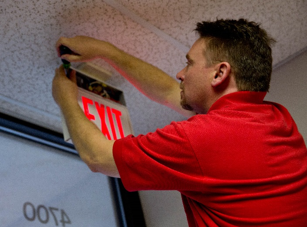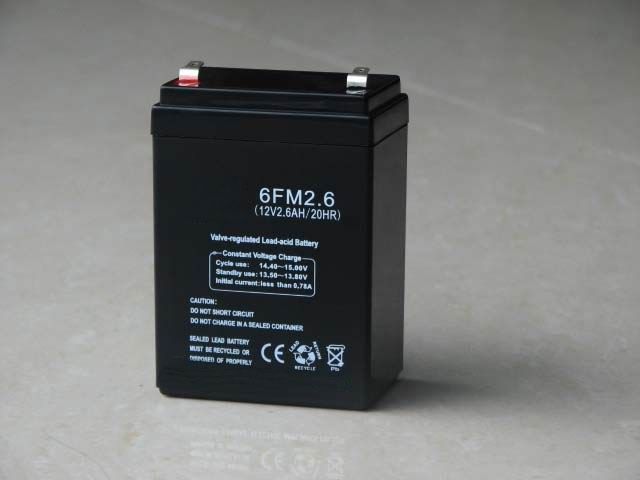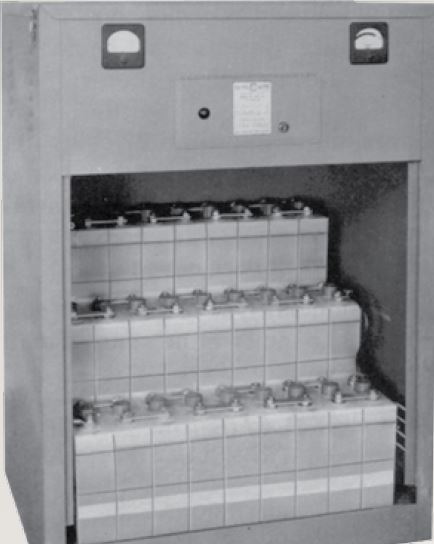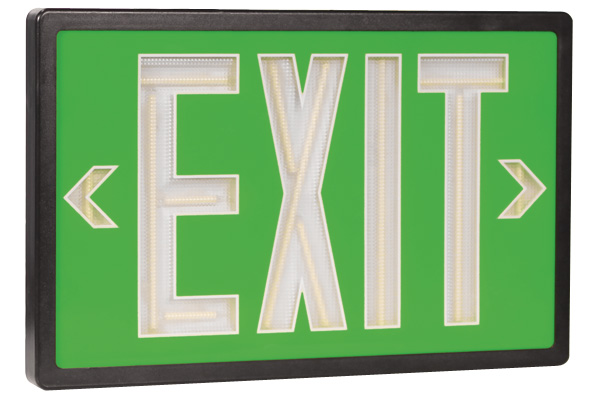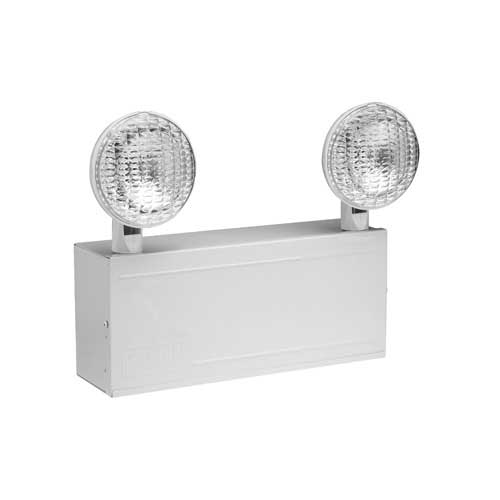Emergency exit signs are in every public building that is up to code, but what many people don't realize is that the best ones offer more than the word "exit." They also include bright spotlights that make it easy to spot any obstacles, find doors, and find the way around corners. Without these lights, an exit sign is far less useful.



 Safety is a primary concern for both small businesses and large companies. Often overlooked, emergency light installation gives you the best chance of saving lives and preventing damages regardless of the scenario. Lighting Services, Inc provides both industrial and commercial clients with exceptional products that guarantee safety and security.
Safety is a primary concern for both small businesses and large companies. Often overlooked, emergency light installation gives you the best chance of saving lives and preventing damages regardless of the scenario. Lighting Services, Inc provides both industrial and commercial clients with exceptional products that guarantee safety and security.
